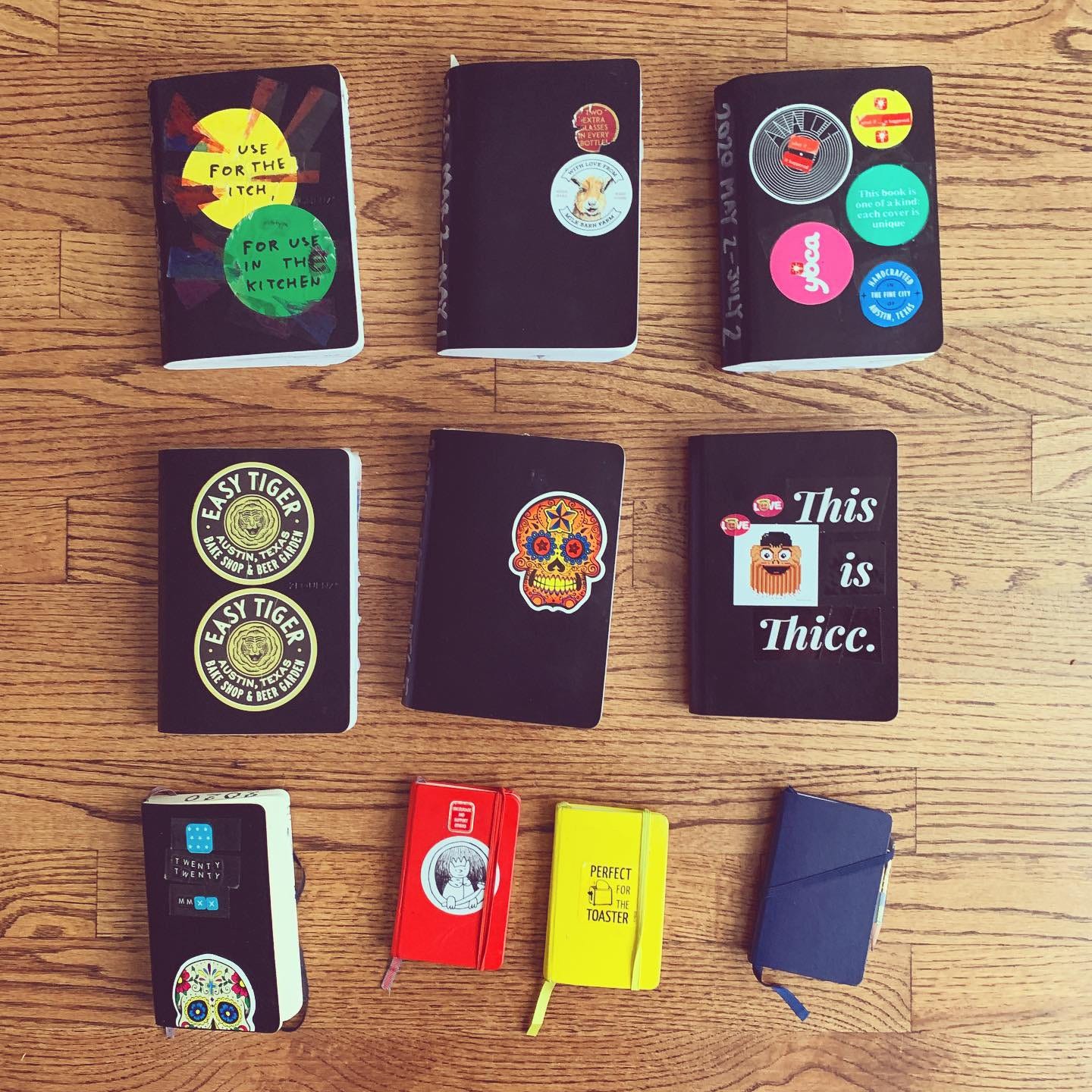16th July 2021. Browsing | Art
The value of browsing; the art business
Welcome to Just Two Things, which I try to publish daily, five days a week. Some links may also appear on my blog from time to time. Links to the main articles are in cross-heads as well as the story.
A guest post by Peter Curry
Jason Guriel writes a homage to browsing. It’s nostalgic and a bit sticky—this is a love letter to inconvenience. Guriel is interested in what people used to find when they were browsing, and the films and books they consumed.
One of the benefits of the Blockbuster video chain was that you could talk to the sweaty film studies graduate, who would advise you to watch a terrible 1970s exploitation movie that he wrote 15,000 words on. Two minutes in, you would realise that you hated this movie and in this confused process, develop your own tastes and ideas about film.
The most salient point Guriel makes is this:
We needed the longueurs that new technology seeks to close, as if abolishing boredom ever does anyone a favour. Mostly, we needed wind resistance. It took effort to cultivate our enthusiasms in a desert, but it’s clear now that we took the desert’s role for granted. Knowledge tends to stick when you’ve toiled for it.
Since I had to look it up, a longueur is a tedious passage in a film or book or piece of music.
If you’d like to do a thought experiment, try and remember a book you read in 2020. Any type of book is fine. Now summarise the plot in your head, or try to remember details about the characters, or some of the arguments it made. If I try to do this, it is exceptionally hard. I remember odd pieces, a line of an entire chapter, or a vague outline of a concept.
(Image: Austin Kleon)
Usually we hold a fragmentary residue of any book that we’ve read in our heads, but like old cloth, this has a habit of unravelling if you try to hold it in your hands. This is why most writers keep notebooks—Austin Kleon, who wrote Steal Like An Artist, often posts aesthetic pictures of his notebook stacks.
It’s also the reason that I take notes of any non-fiction I read, and this does indeed make reading non-fiction harder. It can become a slog. But that’s the point Guriel is making here. The education literature suggests that when we do things that are hard, that we struggle with, we are able to retain it much better later on.
Andy Matuschak writes here about the dangers of relying on books to just sit in your memory. If you want to remember things, you have to work on it. And that’s easier to do when you have to actually work to find the information, if say, you go and find an encyclopaedia in a library, as Guriel suggests, instead of using Wikipedia.
It’s pretty likely your brain will also bind the memory of the information to the journey as well. We’re much better at remembering information when its tied to other concepts and locations, which is why memory palaces work.
If all this sounds like a lot of work, then you can ignore the above. Novels are certainly best enjoyed without the pressures of future memory. If you’re reading for pleasure, the pastime should be pleasurable. It’s better to read without taking notes than to not read at all. You will always remember things, and they will appear in unexpected and delightful ways in future.
But if you find yourself frustrated that you spend a lot of time reading, and you don’t remember anything, then perhaps try taking notes, or testing yourself on concepts and ideas, or writing trashy reviews of books you read as you read them.
#2: The art business
The economist Tyler Cowen has an intriguing post on his Marginal Revolution blog on the cultural tensions in the world of the art business. This is based on his close readings of The Art Newspaper.
On the one hand:
the art world... is highly educated, cosmopolitan, wealthy, and “aware” of the world. And many of the individuals operating in the art world do lean fairly strongly to the left.
On the other hand:
First and foremost, the art world is based on ownership of property. Most (by no means all) of those properties were created by dead white males, or perhaps by living white males.
Art markets typically are ruled by Power Laws and massive inequality, with most works going to zero value and a small percentage of the creators hitting it big. No one in those worlds really thinks that is going to change, or should change.
(Wiener Werkstätte Textiles in the Busch-Reisinger Museum. Image by Lars K./flickr, CC BY-NC-SA 2.0)
And then again:
Textiles, which are arguably the “most female” genre in terms of their creators, are worth systematically much less in the marketplace. Sometimes people complain about this, but they are not willing to bid up the prices commensurately.
The article is irritating, in that it positions all of this around a debate about Wokeness. But some of his notes on recent coverage in The Art Newspaper are interesting. As is the observation that the coverage of the paper has changed fundamentally since the 1990s:
In the 1990s, The Art Newspaper hardly ever ran articles with Woke themes. Today it does a lot, yet the actual content and analysis just isn’t that Woke. You can think of it as a respite from the Woke, though it will never criticize the Woke directly. It tries to incorporate Woke rhetoric into an essentially non-Woke and anti-Woke set of customs and incentives and property rights.
j2t#134
If you are enjoying Just Two Things, please do send it on to a friend or colleague.


